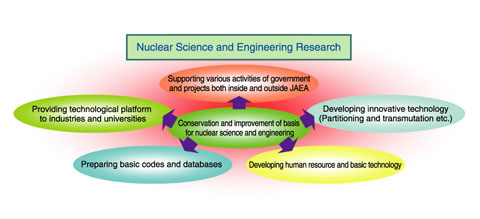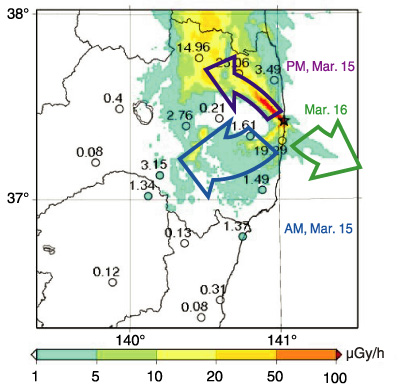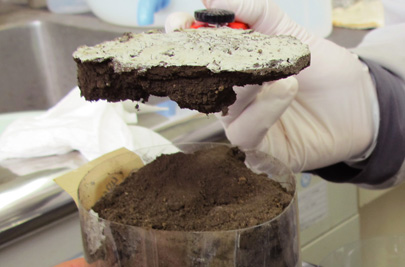
Fig.7-1 Roles of nuclear science and engineering research

Fig.7-2 Analytical result obtained by using WSPEEDI

Fig.7-3 Soil solidification technique using polyions
Nuclear science and engineering research is aimed at the promotion of research, development, and utilization of nuclear power through the various activities shown in Fig.7-1. To this end, research is being conducted in the areas of nuclear data and reactor engineering, fuel and material engineering, and environment and radiation science. Joint research with industry and academia is also being promoted via the Nuclear Engineering Research Collaboration Center (NERCC).
In the area of nuclear data and reactor engineering, cutting-edge theories are being developed and experiments and computational simulations are being performed to contribute to the design and development of nuclear systems. R&D on partitioning and transmutation technology is also being conducted to mitigate difficulties in the management of long-lived nuclear wastes.
In the area of fuel and material engineering, basic research on innovative nuclear fuel cycles and materials is being promoted. In particular, emphases are put on research on the fuel behavior in nuclear reactors, separation processes for high-level waste, and mechanisms of material damage in nuclear reactors and reprocessing plants.
In the area of environment and radiation science, research on environmental behavior of radionuclides and dose assessment is being conducted. Moreover, R&D of microanalytical techniques for the nonproliferation of nuclear materials and removal techniques for environmentally harmful materials is also being carried out.
Collaborative activities with the industry include the development of a production technique for medical radioisotopes using an accelerator-driven neutron source; this collaboration is currently under way. Basic data for waste vitrification are also being collected to contribute to the successful operation of a reprocessing plant.
On the basis of the scientific and engineering basis consolidated so far, we are contributing to the recovery of the Fukushima Daiichi Nuclear Power Station run by the Tokyo Electric Power Company, Incorporated, and to the environmental restoration of contaminated land. We have estimated the radioactivity released from the plant on the basis of analyses using Worldwide Version of System for Prediction of Environmental Emergency Dose Information (WSPEEDI) (Fig.7-2). Radiological analysis of contaminated water and soil is also being carried out. Moreover, a decontamination technique is being developed to reduce the dose rate of the contaminated land (Fig.7-3).